
SailFuture is HIRING
Service Learning Teacher
Mental Health Counselor
SAILFUTURE UTILIZES THE OCEAN AS AN ALTERNATIVE TO INCARCERATION FOR HIGH-RISK JUVENILE OFFENDERS AND INNOVATIVE MENTORSHIP PRACTICES TO PREVENT AT-RISK HIGH SCHOOL STUDENTS FROM ENTERING THE JUVENILE JUSTICE SYSTEM.
SailFuture’s mission is simple: create transformational experiences that empower youth to transform
their lives.
This is not a typical group home. It is not just a place to sleep, but rather a community and secondary
family dedicated to building real and meaningful relationships. Youth will be held to exceptionally high
standards and constantly pushed to reach their full potential.
The SailFuture Group Home model engages crossover and defiant foster youth in a 3-month service
learning program where they live on board a 65-foot sailing vessel and sail around the state of Florida,
leading community service projects at each port of call.
Prior to departing for the service learning program, youth spend 30-days living in a licensed group
home to learn how to sail and determine if this opportunity is the right fit for them.
After the assessment period, youth depart for 3-months to sail around the state of Florida while
leading powerful community service projects and earning their GED or high school diploma through a
fully accredited education program while living on the boat.
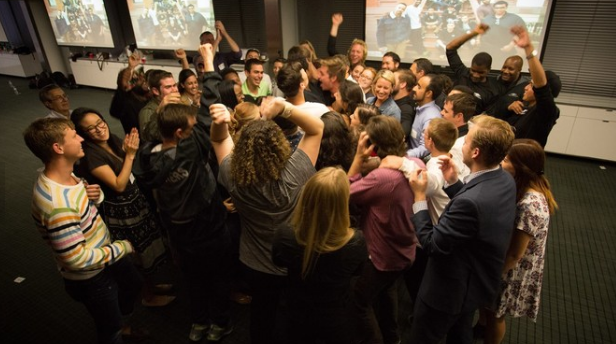
“Personal Development Plan,” outlining their employment, housing, and education goals.
Upon completion of the sailing journey, youth return to live in a licensed group home until their 18th
birthday. Youth work with the same counselor and teacher they lived on the boat with to make progress
on their defined employment, housing, and education goals. All youth are required to participate in an
internship or part-time job while finalizing their high school education or GED when living in the group
home.
Following their 18th birthday, youth will have the opportunity to join the SailFuture graduate living
community in a nearby apartment building, where youth receive subsidized rent and continued
counseling and support, as well as professional networking opportunities.
BOAT DETAILS
SV Defy the Odds is a 1990 MacGregor 65’ Pilothouse. The vessel has 12 beds and 2 bathrooms, a full kitchen, a 110HP Yanmar turbo diesel engine, and a full racing sail inventory. The vessel was acquired in December ‘15 and a $100k overhaul was completed in May ‘15.
All youth will have individual beds in shared cabins. The Master Stateroom will be reserved for staff. In the case of an emergency, SailFuture does have a restricted room that can be used; the isolated aft cabin has a separated entry and exit from the rest of the vessel. In the event of a medical emergency, SailFuture has established response procedures and staff training to provide first responder care on board. A full trauma kit with epi-pens will
be on board at all times. Learn more here: http://www.sailfuture.org/
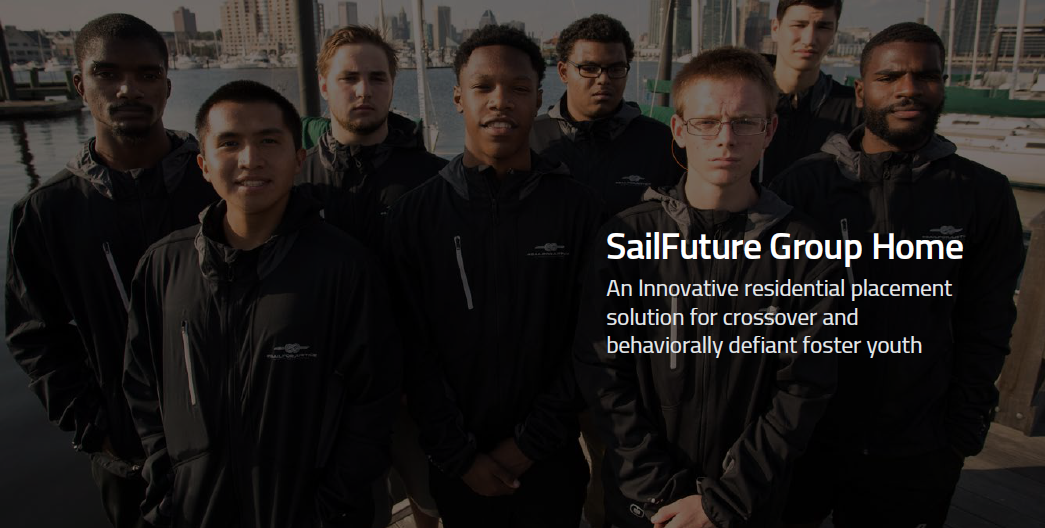

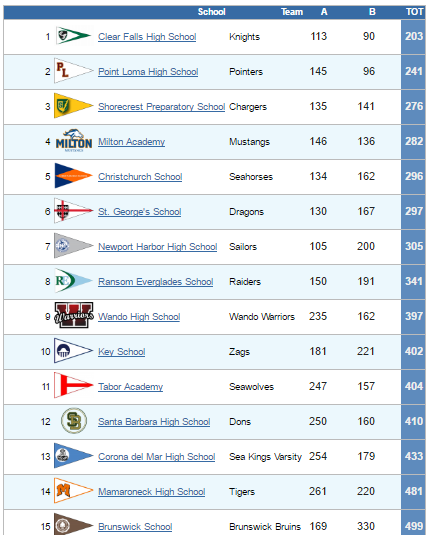

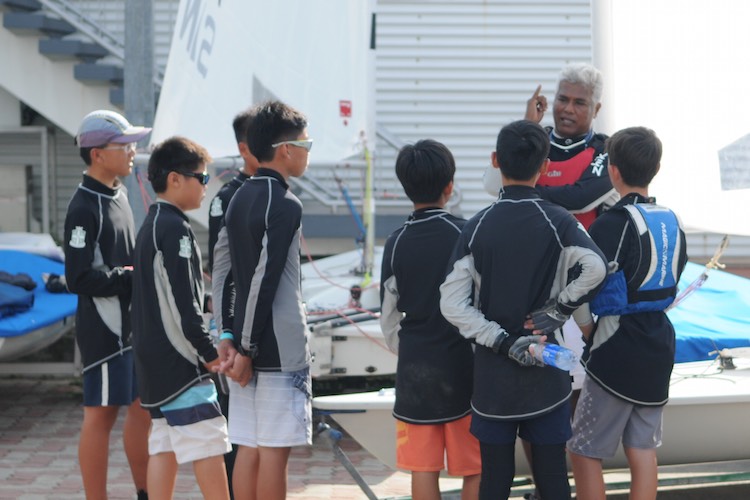 RESPECT
RESPECT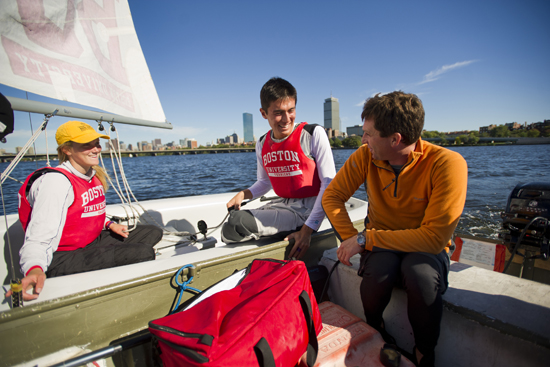
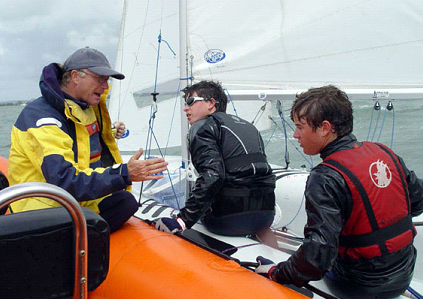 It is of the utmost importance that a sailor not be berated in front of the team. Actually they should not be berated at all and unfortunately I do see this too. People do not generally make mistakes on purpose. If I see a team member struggling with something, my approach is to work on the basis that I have not given sufficient, correct instruction to the sailor. Violations of the behavioral standards you set is a different matter but again not to be conducted in front of other team members.
It is of the utmost importance that a sailor not be berated in front of the team. Actually they should not be berated at all and unfortunately I do see this too. People do not generally make mistakes on purpose. If I see a team member struggling with something, my approach is to work on the basis that I have not given sufficient, correct instruction to the sailor. Violations of the behavioral standards you set is a different matter but again not to be conducted in front of other team members.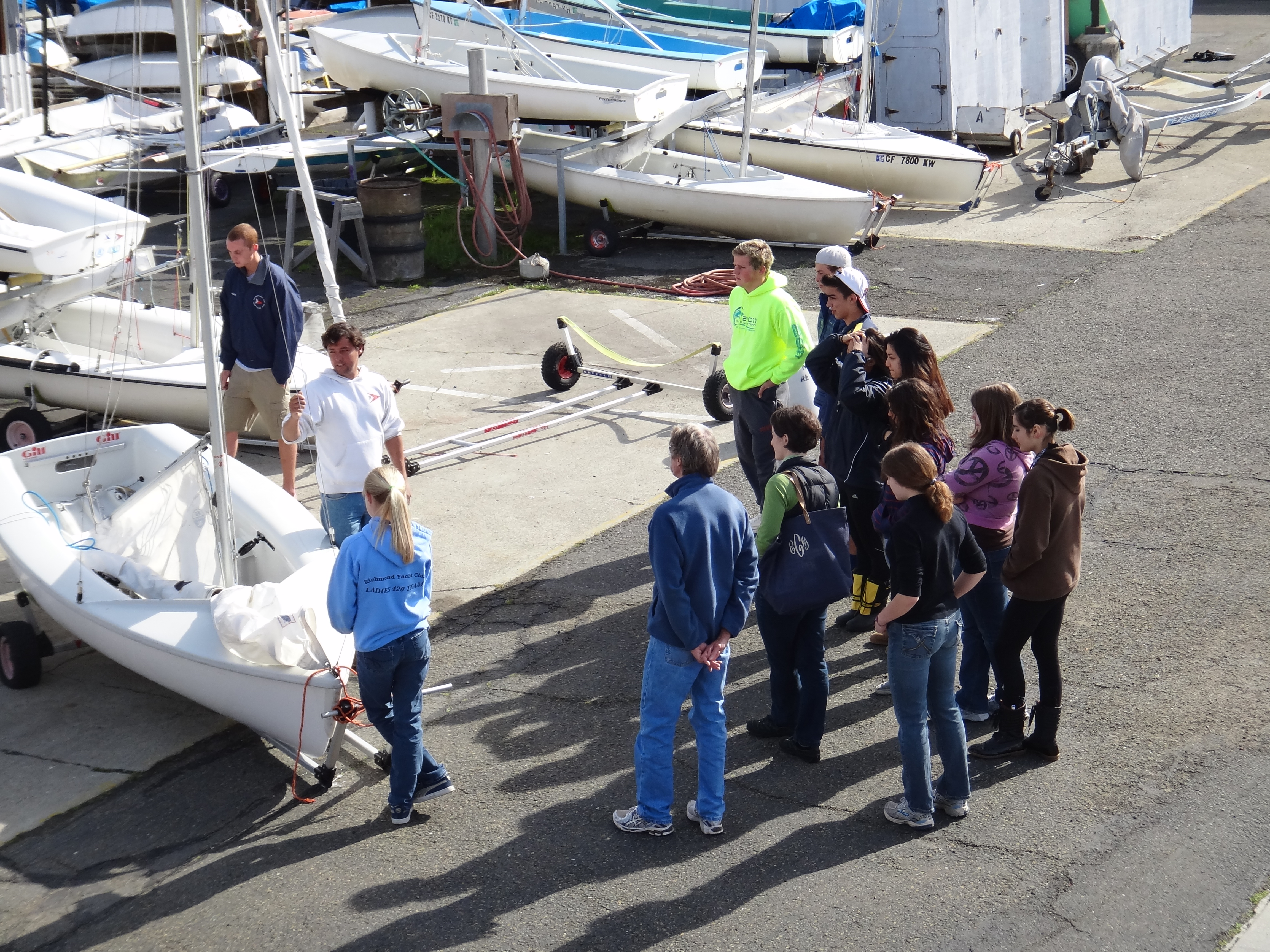 TEAM
TEAM
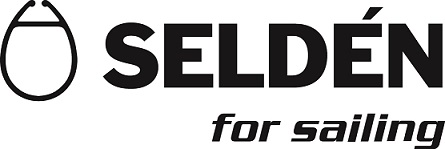


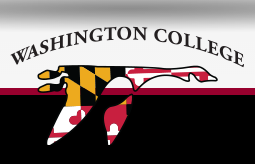
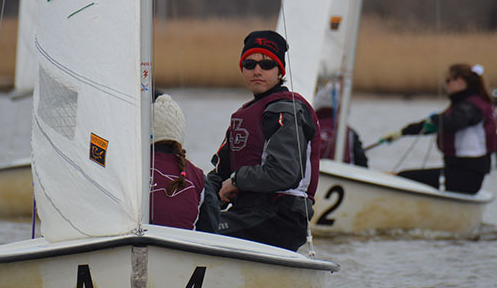 About
About 






 On the first day of the qualifier, the race committee kept the 22 schools racing continuously from about 11am to 6pm. The wind began light and shifty, thankfully a condition very familiar to Corona del Mar. The drastically shifting offshore breeze made it necessary for us to play the sides of the course intelligently and facilitated the importance of focusing on boat speed. As a 10-12 knot breeze began to fill midway through the day, keeping our boats completely flat became essential. Small waves also emphasized the need for good boat handling and warranted the infantile stages of surfing on the downwind legs. The race committee kept a pace of fast rotations to achieve as many races as possible. Rhodes and I (A division) and Derek and Victoria Thompson (B division) each began and ended the day with consistent, upper fleet scores. We ended the day smoothly and secured a second place behind the Francis Parker School, with Point Loma on our tails.
On the first day of the qualifier, the race committee kept the 22 schools racing continuously from about 11am to 6pm. The wind began light and shifty, thankfully a condition very familiar to Corona del Mar. The drastically shifting offshore breeze made it necessary for us to play the sides of the course intelligently and facilitated the importance of focusing on boat speed. As a 10-12 knot breeze began to fill midway through the day, keeping our boats completely flat became essential. Small waves also emphasized the need for good boat handling and warranted the infantile stages of surfing on the downwind legs. The race committee kept a pace of fast rotations to achieve as many races as possible. Rhodes and I (A division) and Derek and Victoria Thompson (B division) each began and ended the day with consistent, upper fleet scores. We ended the day smoothly and secured a second place behind the Francis Parker School, with Point Loma on our tails.

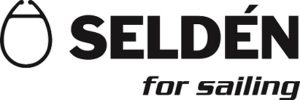
 oyster shells at the foot of Duke of Gloucester Street, which, in 1888, became the Clubhouse for the formally organized Severn Boat Club. This oyster pile was rented from St. Mary’s Church and was next to a rickety wooden bridge across Spa Creek. In 1897 a new clubhouse was built and was enlarged in 1912.
oyster shells at the foot of Duke of Gloucester Street, which, in 1888, became the Clubhouse for the formally organized Severn Boat Club. This oyster pile was rented from St. Mary’s Church and was next to a rickety wooden bridge across Spa Creek. In 1897 a new clubhouse was built and was enlarged in 1912. In 1904, the first records of meetings indicate a membership of 30. In 1910, the first wharfs were built, and the first club manager was hired in 1911 at a salary of $15 a month. Members began to acquire small sail boats and organize club regattas. These were uncomplicated affairs held on Memorial Day and Labor Day. Shell and canoe races started up Spa Creek at Old Woman Cove and ended at the Eastport Bridge. There were also swimming races and diving competitions. The club owned several single and double shells, two four-oared shells, and was given an eight-oared shell in 1911 by the US Naval Academy.
In 1904, the first records of meetings indicate a membership of 30. In 1910, the first wharfs were built, and the first club manager was hired in 1911 at a salary of $15 a month. Members began to acquire small sail boats and organize club regattas. These were uncomplicated affairs held on Memorial Day and Labor Day. Shell and canoe races started up Spa Creek at Old Woman Cove and ended at the Eastport Bridge. There were also swimming races and diving competitions. The club owned several single and double shells, two four-oared shells, and was given an eight-oared shell in 1911 by the US Naval Academy.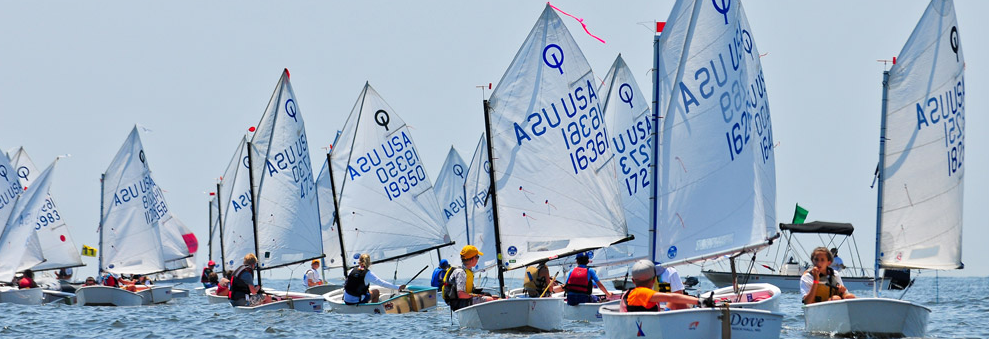 Lt. Cmdr. Carl Menneken first proposed a Junior Fleet in the Race Committee meeting of March 13, 1946. Presented to the Board in April, it was tabled for details and discussed at various meetings until the Board meeting of June 9, 1948 when $2,000 were allocated for the purchase of 6 Dolphins which would be used by the newly created Junior Fleet.
Lt. Cmdr. Carl Menneken first proposed a Junior Fleet in the Race Committee meeting of March 13, 1946. Presented to the Board in April, it was tabled for details and discussed at various meetings until the Board meeting of June 9, 1948 when $2,000 were allocated for the purchase of 6 Dolphins which would be used by the newly created Junior Fleet.

